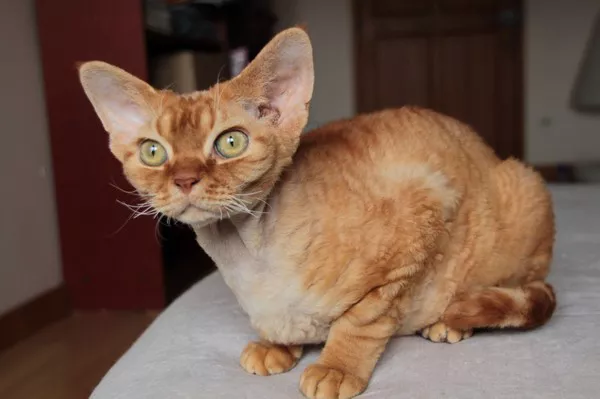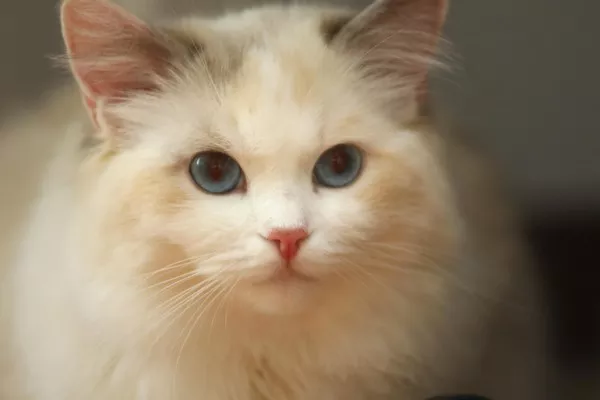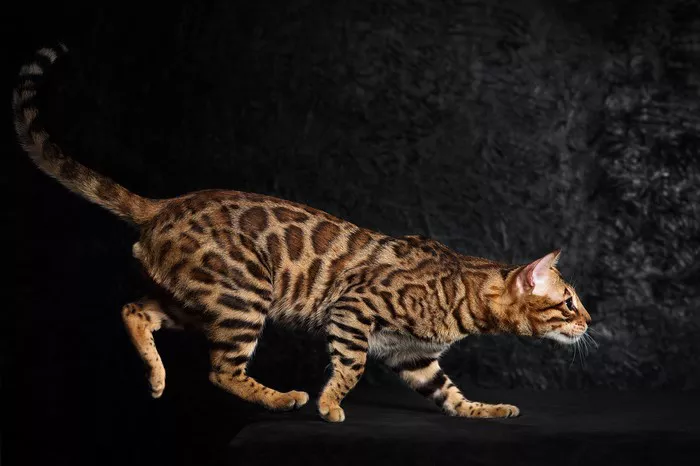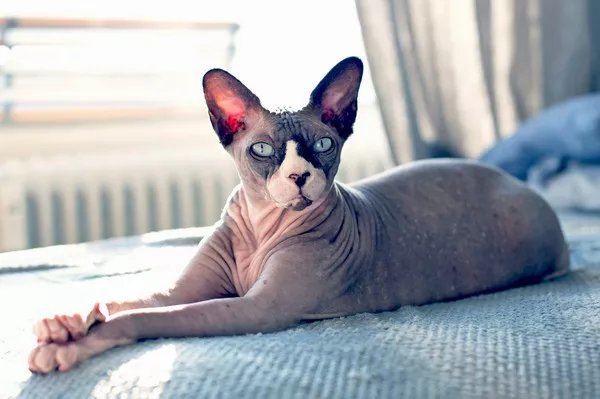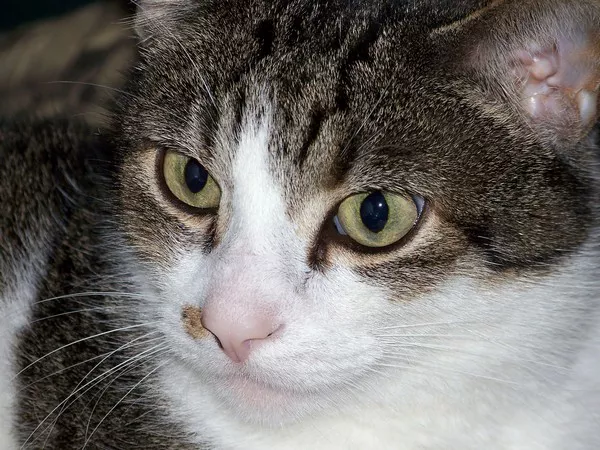Devon Rex cats are renowned for their distinctive appearance and charming personalities. These feline companions often captivate admirers with their striking coat colors and patterns. If you’re curious about the wide array of colors that Devon Rex cats can exhibit, you’ve come to the right place. In this article, we’ll explore the fascinating world of Devon Rex cat colors and provide insights into the genetics that shape their unique appearances.
The Basics of Devon Rex Coat Colors
Devon Rex cats can display a diverse range of coat colors and patterns, making each of them a unique work of art. The most common coat colors for Devon Rex cats include:
Solid Colors: These cats have a single, uniform color throughout their coat. The most common solid colors in Devon Rex cats are white, black, blue, cream, chocolate, and lavender.
Bicolor: Bicolor Devon Rex cats typically have a combination of white and another color, creating a charming contrast. Common bicolor patterns include white with black, blue, or cream.
Tabby Patterns: Tabby is a classic pattern in Devon Rex cats. It comes in various forms, including classic tabby (swirled patterns), mackerel tabby (striped patterns), and spotted tabby (distinct spots).
Colorpoints: Colorpoint Devon Rex cats have a lighter body color with darker points on their ears, face, paws, and tail. This pattern is often associated with Siamese cats.
Tortoiseshell and Calico: These cats have a combination of two or more colors in irregular patches, with tortoiseshells consisting of black and orange tones and calicos incorporating white into the mix.
Smoke: Smoke Devon Rex cats have a solid color at the base of their fur, which transitions into a white or silver hue toward the tips.
Cinnamon and Fawn: These less common colors are variations of the warmer-toned chocolate and lavender. Cinnamon has a reddish-brown hue, while fawn offers a lighter beige shade.
The Influence of Genetics
Understanding the genetics behind Devon Rex cat colors can shed light on the intriguing variety of appearances within this breed. Key genetic factors that determine coat color include:
Agouti Gene (A): This gene controls whether a cat’s fur will display a banded or solid color pattern. Cats with the AA genotype tend to have solid colors, while those with the aa genotype exhibit banded patterns, as seen in tabby cats.
O Gene: The O gene determines the presence of orange or black colors in a cat’s coat. Cats with the OO genotype will be orange, while those with the oo genotype will be black.
B Gene: The B gene determines the intensity of black coloration. Cats with the BB genotype will have dense black fur, while those with the bb genotype will display a diluted color, such as blue or cream.
C Gene: The C gene regulates the distribution of color, affecting the points on a cat’s body. Cats with the CC genotype will have full coloration, while those with the cs or cb genotype will have colorpoints.
D Gene: The D gene controls the density of a cat’s color, influencing whether it appears solid or diluted. Cats with the DD genotype have dense color, while those with the dd genotype have dilute coloration.
E Gene: The E gene determines whether a cat’s coat will be solid or exhibit white patches. Cats with the EE genotype will have a solid coat, while those with the ee genotype may have white markings.
S Gene: The S gene is responsible for white spotting. Cats with the SS genotype have minimal white markings, while those with the ss genotype may exhibit significant white areas.
Understanding these genetic factors can help breeders predict the potential coat colors of Devon Rex kittens and contribute to selective breeding practices.
The Fascinating World of Devon Rex Patterns
Beyond coat colors, Devon Rex cats also showcase a variety of patterns that enhance their visual appeal. Here are some noteworthy patterns commonly observed in this breed:
Classic Tabby: This pattern features bold, swirling stripes that create a captivating and intricate design on the cat’s coat.
Mackerel Tabby: Mackerel tabby patterns consist of narrow, vertical stripes running along the cat’s body, reminiscent of fishbones.
Spotted Tabby: Spotted tabby patterns are characterized by distinct spots rather than continuous stripes, lending an exotic and playful look to the cat.
Tortoiseshell and Calico: Tortoiseshell cats have a patchwork of two or more colors, while calico cats combine white with patches of orange and black.
Colorpoint: Colorpoint Devon Rex cats boast a lighter body color with contrasting dark points on their ears, face, paws, and tail.
Each pattern adds a unique touch to the Devon Rex’s overall appearance, making these cats exceptionally captivating and endearing.
Conclusion
Devon Rex cats are a marvel of feline genetics and aesthetics, showcasing an impressive array of coat colors and patterns. Whether you’re drawn to their solid colors, intricate tabby designs, or striking colorpoints, Devon Rex cats offer a visual feast for feline enthusiasts. Understanding the genetic factors that shape their appearance adds an extra layer of appreciation for these charming and charismatic companions. So, the next time you encounter a Devon Rex cat, take a moment to admire the artistry of nature that has painted these cats with such a diverse and beautiful palette of colors and patterns.

